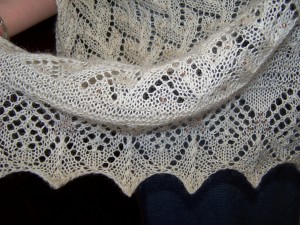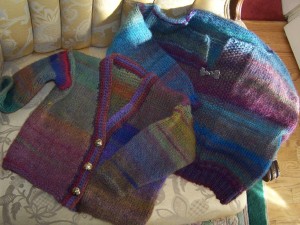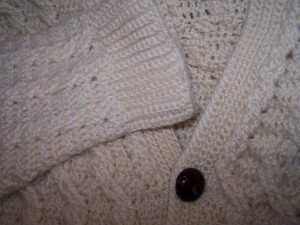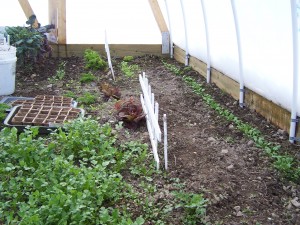Via Dr. Mercola, learn about the incredible health benefits of natural honey, available directly from Meduseld’s online store.

Meduseld honey - available in glass jars and squeeze bottles
The Sweet Golden Treat That Can Help Wipe Out Deadly MRSA
Honey was a conventional therapy in fighting infection up until the early 20th century, at which time its use slowly vanished with the advent of penicillin.
Now the use of honey in wound care is regaining popularity again, as researchers are determining exactly how honey can help fight serious skin infections.
According to their findings, certain types of honey might be more effective than antibiotics!
After any skin injury, bacteria that live on your skin can infect and penetrate the wound site.
One particularly common type of strep (Streptococcus pyogenes) can result in wounds that refuse to heal.
But honey, especially the kind made by bees foraging on manuka flowers, was found to destroy these bacteria.
Scientific American recently reported:
“In lab tests, just a bit of the honey killed off the majority of bacterial cells — and cut down dramatically on the stubborn biofilms they formed.
It could also be used to prevent wounds from becoming infected in the first place.”
According to the authors of the study,
“These findings indicate that manuka honey has potential in the topical treatment of wounds containing S. pyogenes.” ii
Should You Dress Your Wounds with Honey?
As long as you use the right kind of honey, science does back up its use for wound treatment, which is especially relevant today as antibiotic-resistant bacterial infections are on the rise.
Five years ago, the FDA authorized the first honey-based medical product for use in the US. Derma Sciences uses Manuka honey for their Medihoney wound and burn dressings, which can be found online from medical supply stores. Amazon.com also sells them. These products can also be found in Great Britain, Australia, New Zealand, and Canada.
When considering using honey for the treatment of wounds, it’s extremely important to understand that there’s a major difference between raw honey—and especially Manuka honey, which is in a class of its own—and the highly processed “Grade A” type honey you find in most grocery stores. The latter is more akin to high fructose corn syrup, which is more likely to increase infection, and should never be used to treat topical wounds! (It also will not offer you the same health benefits as raw honey when consumed.)
Manuka honey, on the other hand, is made with pollen gathered from the flowers of the Manuka bush (a medicinal plant), and clinical trials have found this type of honey can effectively eradicate more than 250 clinical strains of bacteria, including resistant varieties such as:
- MRSA (methicillin resistant Staphylococcus aureus)
- MSSA (methicillin sensitive Staphylococcus aureus)
- VRE (vancomycin-resistant enterococci)
Compared to other types of honey, Manuka has an extra ingredient with antimicrobial qualities, called the Unique Manuka Factor (UMF). It is so called because no one has yet been able to discover the unique substance involved that gives it its extraordinary antibacterial activity. Honey releases hydrogen peroxide through an enzymatic process, which explains its general antiseptic qualities, but Active Manuka honey contains “something else” that makes it far superior to other types of honey when it comes to killing off bacteria.
The level of UMF can vary between batches, so each batch is ranked and priced accordingly. The higher the concentration of UMF, the darker, thicker, and more expensive it is.
To determine its rating, a sample of the honey batch is placed on a plate with a bacterial culture. The area where the bacterial growth stops is then measured. This area is compared to a similar area produced by a solution of phenol and water. The UMF number refers to the equivalent percentage of phenol in water, so, for example, honey with a UMF rating of 10 has the same antibacterial strength as 10 percent phenol. A rating of UMF 10 or higher is recommended for medicinal use.
Evidence Supporting Use of Honey against Infectious Bacteria
Aside from the featured study, many others confirm the soundness of using good-old-fashioned honey for the treatment of bacterial and fungal infections. For example, a 1992 study found that honey sped up the healing of caesarean sections iii, iv. Another study found that honey cured the intractable wounds of 59 patients, and it’s been known to help heal everything from ulcers to sunburn. According to the International Journal of Lower Extremity Wounds, positive findings on honey in wound care have been reported from v:
- 17 randomized controlled trials involving a total of 1965 participants
- Five clinical trials of other forms involving 97 participants
- 16 trials on a total of 533 wounds on experimental animals
A study published in the summer of 2009 also found that chronic rhinosinusitis sufferers might benefit from honey vi. In 11 isolates of three separate biofilms, honey was found to be significantly more effective than commonly-used antibiotics in killing both planktonic and biofilm-grown forms of pseudomonas aeruginosa (PA) and staphylococcus aureus (SA), two important factors in chronic rhinosinusitis (CRS).
The findings may hold important clinical implications in the treatment of CRS, which affects 31 million people each year in the United States alone, and is among the three most common chronic diseases in North America.
Helpful Additions to Your Home First Aid Kit
If you’re considering using honey to treat a mild burn, sunburn, or small wound at home, make sure to use either Manuka or raw honey. Like the Manuka honey, high quality RAW honey will help draw fluid away from your wound and suppress the growth of microorganisms. Part of what gives raw honey its antibacterial properties is an enzyme called glucose oxidase, which the worker bees excrete into the nectar. This enzyme releases low levels of hydrogen peroxide when the honey makes contact with your wound. A chemical reaction between the honey and the tissue also makes your wound smell good. Heated honey will destroy this perishable enzyme which is why you want to only use raw honey for this application.
For your home care kit, two other natural wound dressings that offer impressive results without drugs are Duoderm and HemCon bandages. The HemCon bandages are made from a natural protein found in shrimp shells, which not only promotes clotting, but also offer an effective antibacterial barrier against microorganisms such as MRSA and VRE—two common antibiotic-resistant strains.
While the focus of this article is on the topical uses and benefits of honey, it also has numerous health benefits when consumed in moderation.
Unfortunately, bee populations are rapidly declining. Farmers are forced to import bees from other countries or truck them across the states for different seasons of produce. Toxic chemicals, genetically engineered crops, overuse of antibiotics in animals (their waste is typically used as fertilizer) and monoculture farming are likely the primary contributors to the collapse of the bees.
The collapse of bee colonies should be looked at as yet further proof of our unsustainable farming methods.
References:












